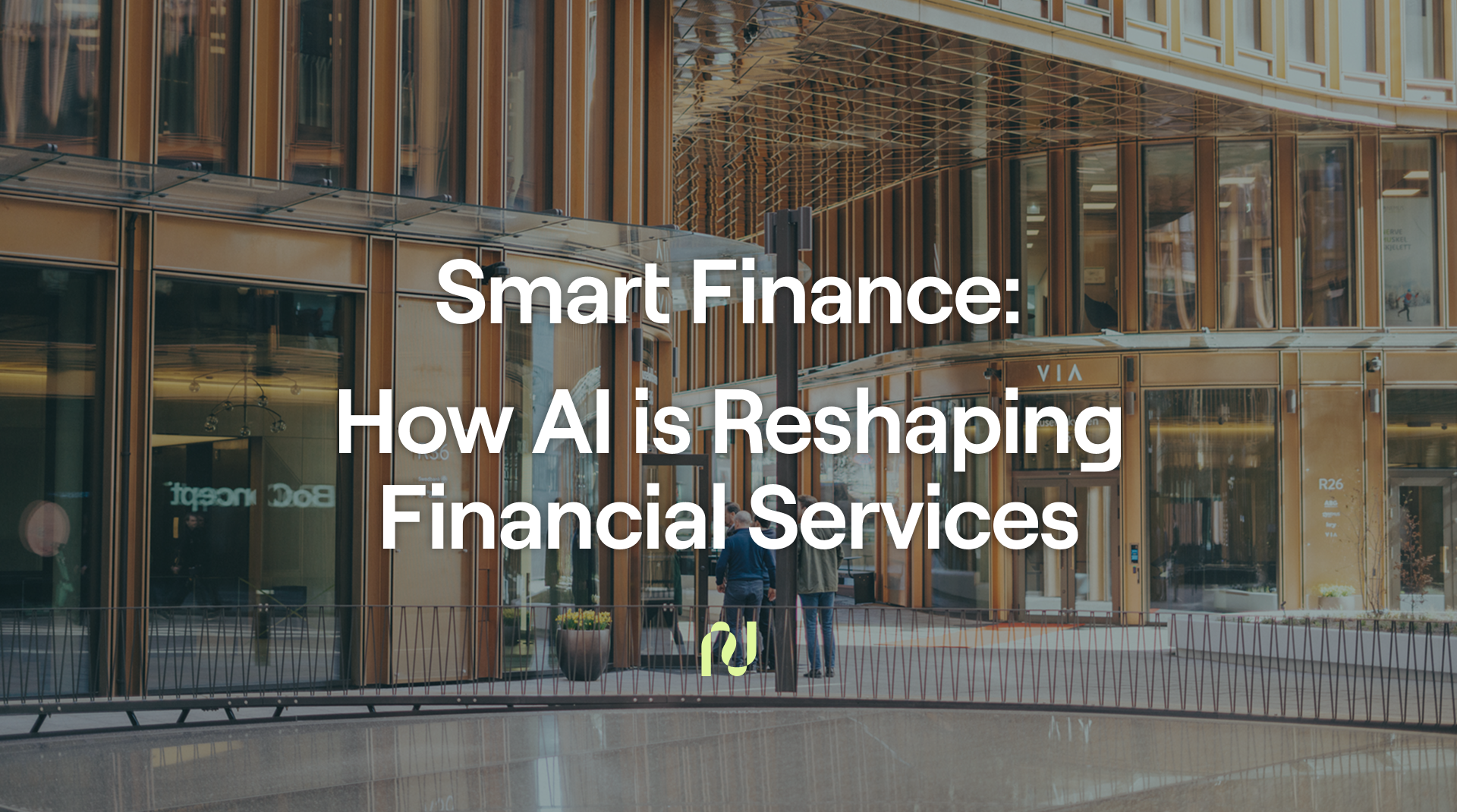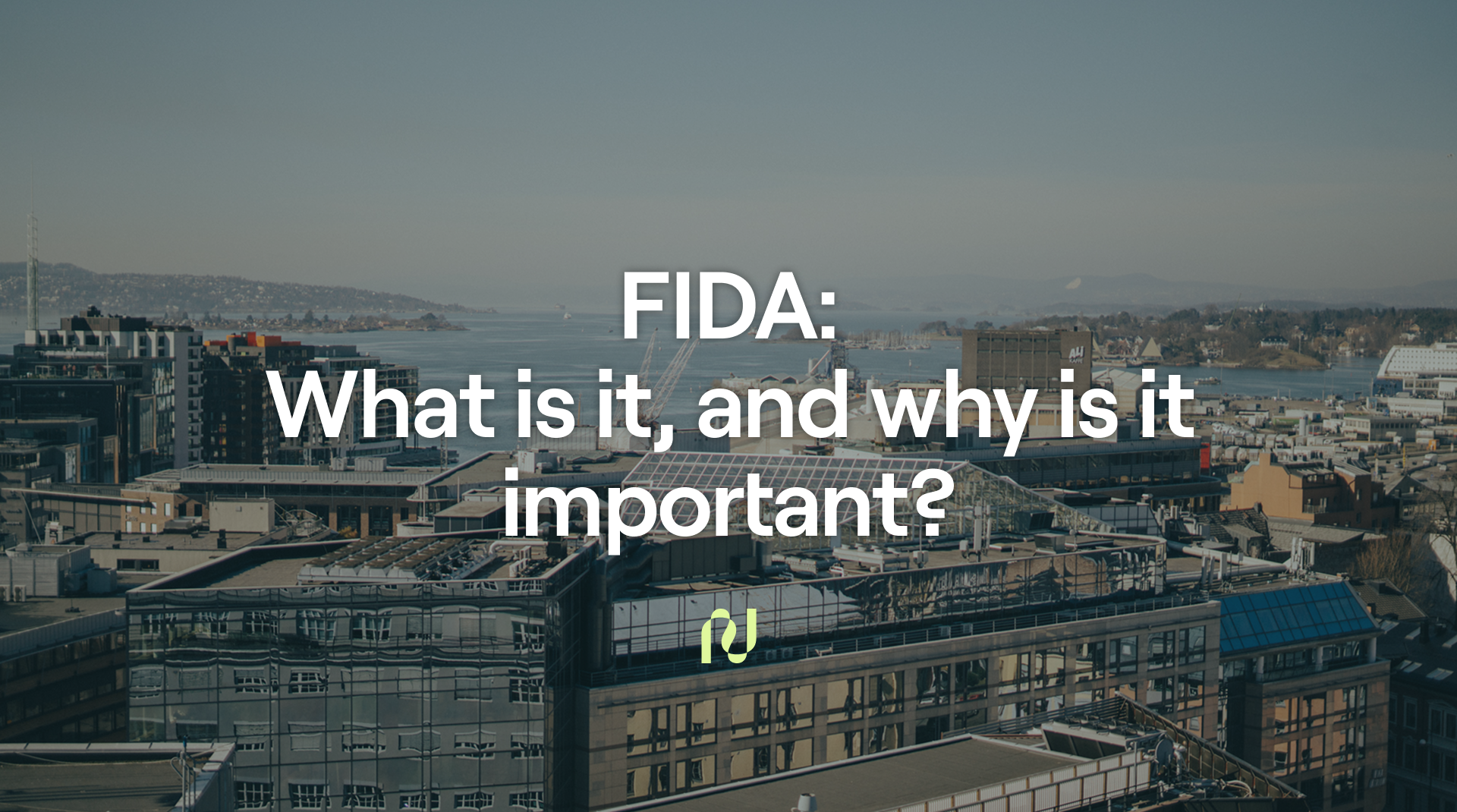As AI and data-driven tools become more advanced, financial services are entering a new era: Smart Finance. But what does this actually mean, and how will it impact consumers, businesses, and the industry at large?
We sat down with our Go-to-Market Director, Frankie Elmquist, to unpack what Smart Finance is, why it matters, and how businesses can prepare for what’s ahead.
What is Smart Finance?
Q: Let’s start with the basics - what exactly is Smart Finance?
A: Smart Finance is about using intelligent technology - like AI, large language models(LLMs), and advanced data analytics - to make financial processes more efficient, effective, and personalized.
It spans a wide range of applications, such as:
- Transactions embedded in IoT devices
- Embedded finance experiences
- AI-driven fraud detection
- Smart financial planning tools
At its core, Smart Finance is about making finance predictive, proactive, and personalized.
Can you give us an example?
Q: How might this show up in everyday life for a consumer?
A: A great example is your banking app. Right now, many apps provide spending breakdowns —but users say it’s not enough. In fact, one-third of users we surveyed saidtheir app either doesn’t give them an overview at all, or that the one providedisn’t useful.
Now,imagine if your app could:
- Show you how much you can realistically save
- Build a budget automatically based on your history
- Alert you when you’re on track to fall short that month and offer tips to avoid it
That’s whatSmart Finance tools, like Nello AI, are designed to enable.
How about for businesses?
Q: What’s the value of Smart Finance from a business perspective?
A: Businesses can benefit in several ways, for example:
- Predictive models that anticipate cash flow based on when customers pay
- Smart alerts that notify financial advisors when a client’s income or spending changes — so they can reach out proactively with tailored advice
This is abig opportunity, because research shows:
- 65% of financial advisory users feel they lack personalized advice
- 1 in 3 are dissatisfied with their firm’s digital services
Clearly,there’s a gap, and Smart Finance can help close it.
What role does data access play?
Q: For SmartFinance to work, what’s required behind the scenes?
A: The most important piece is secure and regulated access to data. That’s where new frameworks like the Financial Data Access (FIDA) regulation and licensed Account Information Service Providers (AISPs), like us at Neonomics come in.
If you want to offer Smart Finance services, you need to:
- Work with a licensed AISP using secure PSD2 APIs (not screen-scraping)
- Ensure proper data processing and filtering for GDPR compliance
- Provide a clear, transparent interface for customers to give consent
- Offer dashboards where users can manage their data access
On top of that infrastructure, you can build Smart Finance tools powered by AI and LLMs.
What’s the payoff?
Q: It sounds like a big investment. Why should businesses act now?
A: Yes, the technology is new and requires development, but the payoff is significant:
- More efficient operations
- Improved customer experience
- Higher conversion rates
- Lower churn
- Stronger customer retention
In short, it’s about future-proofing your business while delivering real value to your customers.
Final thoughts
Smart Finance isn’t just a buzzword. It’s the natural next step in the future we are entering in financial services. By combining AI with secure open banking data, businesses can deliver more personalized, proactive, and predictive services than ever before.
For companies ready to innovate, the opportunity is huge.
👉 Want to learn more about how open banking data and AI can transform your business? Check out the link in the comments below.




.png)













































